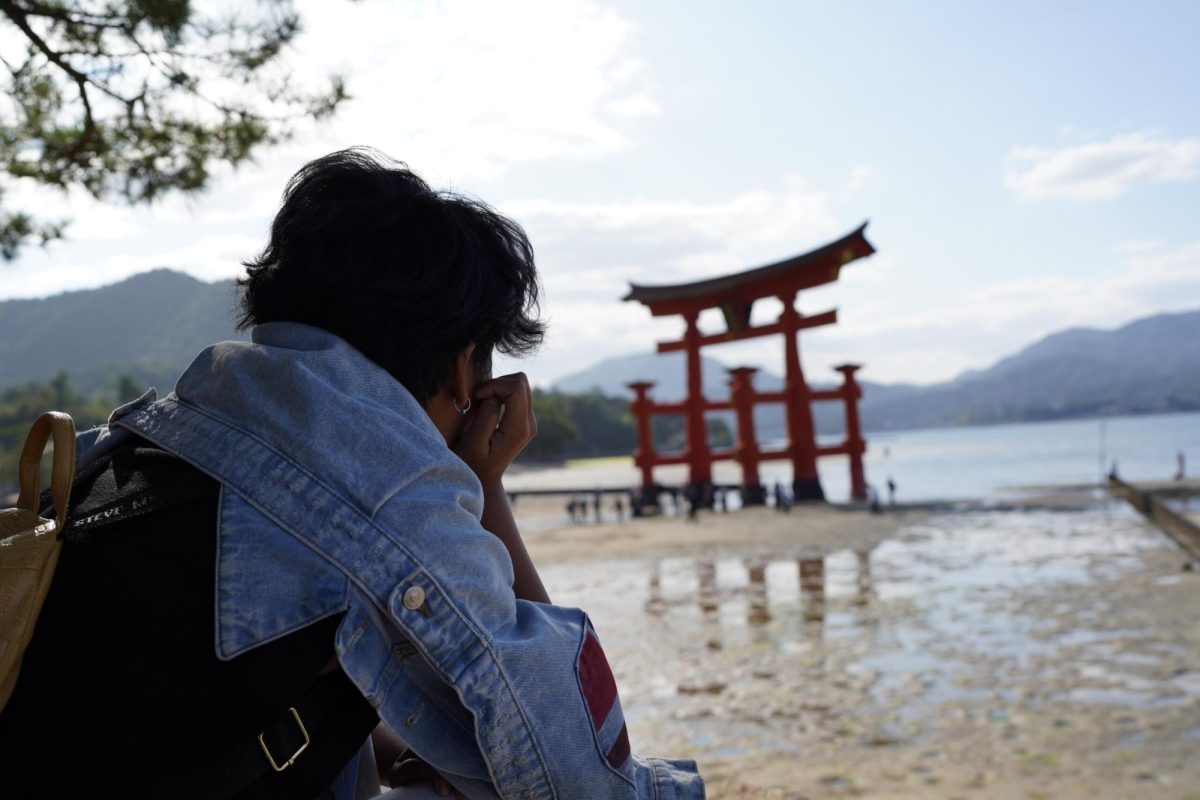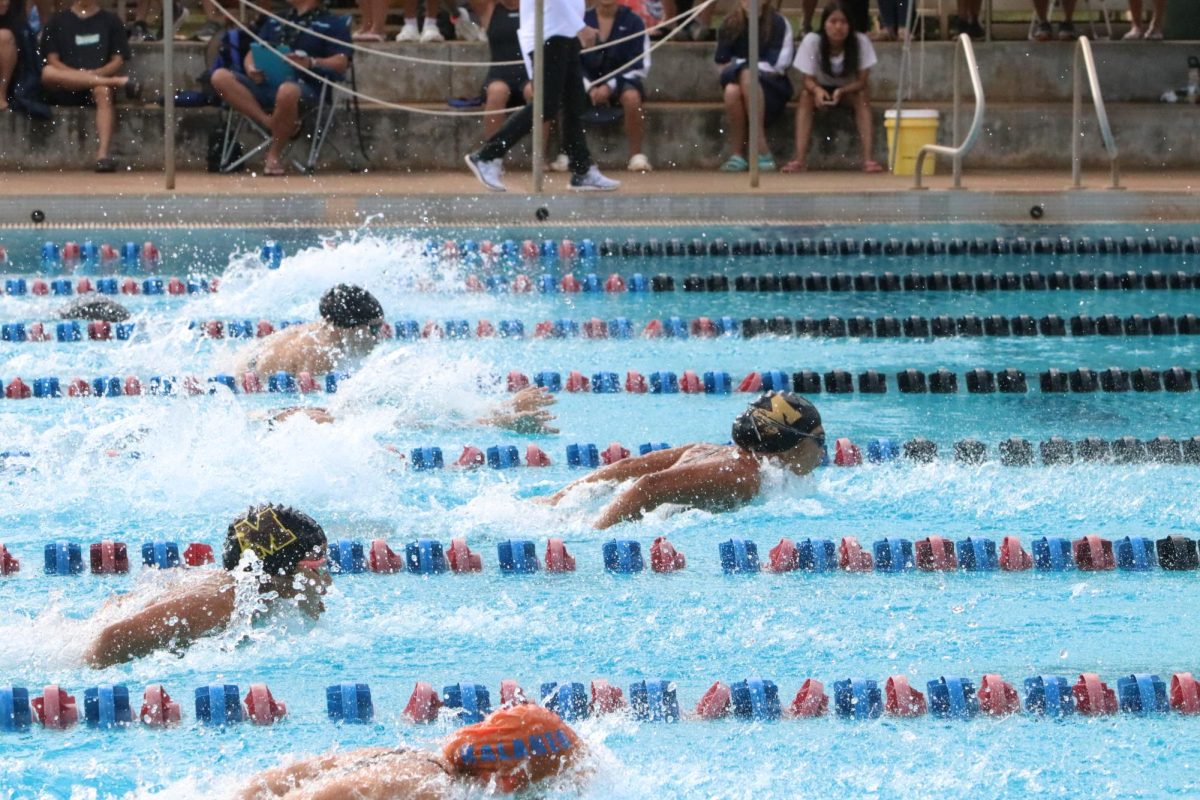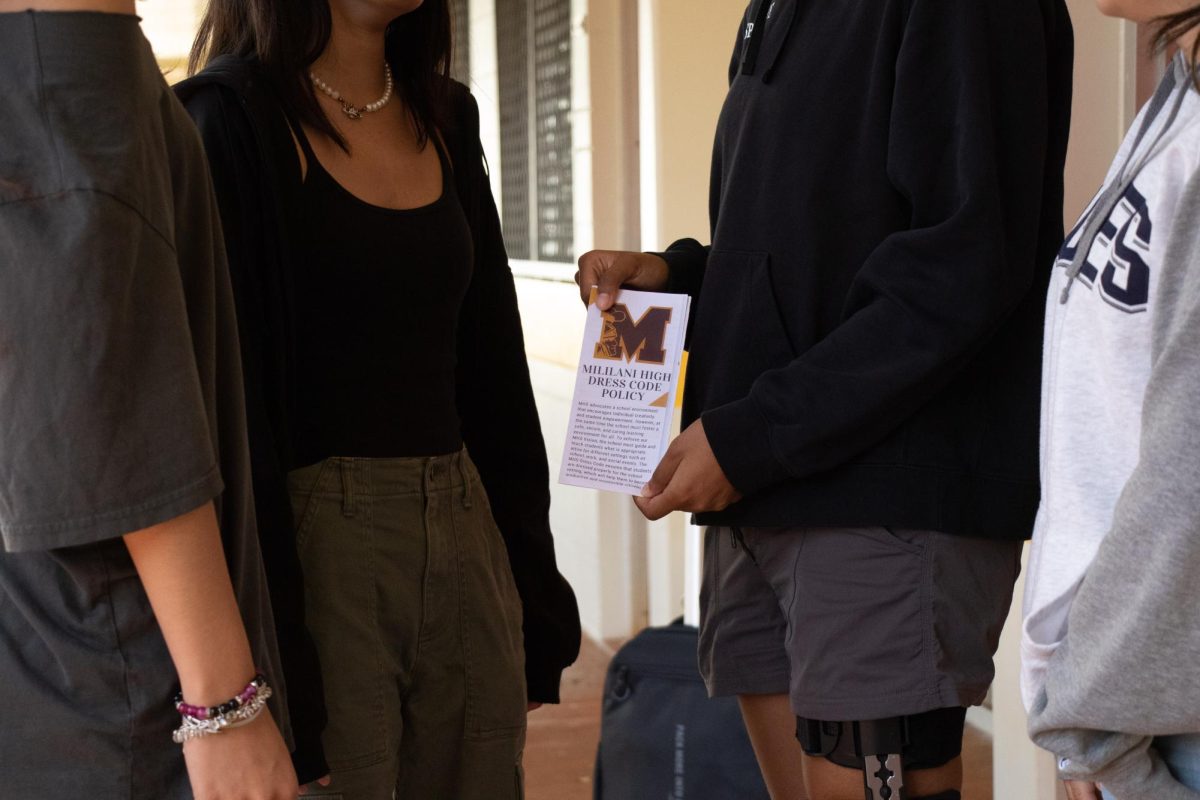Remembering When: A Look at Mililani’s Beginning
November 25, 2018
Starting out as pineapple fields owned by Castle & Cooke, Mililani Town has since grown in its 50 years as a community. Mililani was originally meant to provide an affordable and unique type of community in Hawai’i, with the first homes going on sale in June 1968. Through the addition of schools, stores, homes and more, the town has grown, becoming the home for over 27,000 people.
“We had one shopping center, Mililani Shopping Center, one supermarket, Foodland, no theater, one gas station, which is right up here, Chevron, a small garden shop right next to 24 Hour Fitness where I would buy my gravel and sand to make cement and plants, there were two Rec. Centers, Rec. 1 and Rec. 2 (and) one traffic light right here by McDonald’s,” said resident and former teacher at Kipapa Elementary Dennis Kawamoto.
Kawamoto first moved to Mililani in December 1973 with his wife and kids to be closer to his wife’s family. Resident and former teacher at MHS June Asato moved to Mililani in April 1971. Both originally lived in town and had to adjust to the small town atmosphere that Mililani had when it was still beginning. “It was like country, far away from the city. I was more used to living in the city so it took a while to get used to not having anything around because it was a bedroom community, nothing much to do,” said Kawamoto. Asato added, “Well because we were younger, and both mother and father worked, we had to take them (our two kids) to babysitters and preschool and things like that. And so there were very few of those resources (in Mililani) so we had to go to Wahiawa to find many things.”
With few things to do in Mililani, many people often traveled to town. The H-2 freeway wasn’t opened until 1976, which would shorten the travel time between Mililani and Honolulu by half. “It was all pineapple fields, and across where Waikele Shopping Center is it was all cane fields and it was like country. All our friends were like, ‘Why are you moving in the boonies, it’s so far.’ But eventually lots of them followed us out here,” said Asato. Kawamoto added, “Of course there’s no H-2. If you wanted to come to Mililani you had to go through Kipapa Gulch, Kam. Highway. We were located between Wahiawa and Waipahu, Gentry was not in existence yet, Waipio Gentry.”
Despite the few places to go when Mililani was first established, residents still found ways to enjoy themselves. This included activities like bicycling and exploring the undeveloped areas around the town. “The children were one and two, I think, when we moved here so we would put them on our bicycles and we would go roaming around in the, you know, near Kipapa Gulch and behind the golf course. We would pick fruits like guava and lilikoi and we’d go see what kinds of new houses were coming out here and there. And so it was really nice to be out, except for the red dirt and the pineapple bugs; the pineapple bugs were everywhere,” said Asato.
In the beginning, many people were preoccupied with their personal lives which often centered around town. However, with the continual growth of Mililani, like the establishment of MHS in 1973, the focus shifted towards building the community. “Everybody at first was so busy getting up early going to town, they couldn’t get to know their neighbors and things. But once the schools got established, that’s when it became a community and people said, ‘I want my kids to have this and I want my kids to have that,’” said Asato.
Through their kids, the residents got involved in activities around the community, from sports to organizations. In 1986, Mililani received an All-American City Award; this award is bestowed to 10 communities every year for their civic engagement. “There is a sign at the beginning, right after you come off of Kipapa Gulch, it says 1986 All-American City — Mililani Town All-American City. The water was contaminated so we signed petitions to have the water cleared up and eventually with the help of Representative Sam Lee we got filters put in Mililani Town, carbon filters to help clean the water up. So that’s one thing we did to help the community,” said Kawamoto.
Through the active involvement of the residents, Mililani has become the thriving community it is today. After celebrating its 50th anniversary this past summer, more opportunities for Mililani to improve continue to appear for the many years to come.




Joyce • Jul 23, 2019 at 8:23 pm
Why was the “All American City 1986” concrete sign removed from its site? As a Mililani home owner I felt proud of the sign whenever I drove by. Can we not have it replaced instead of all the plants replacing the areas?
Thank you.